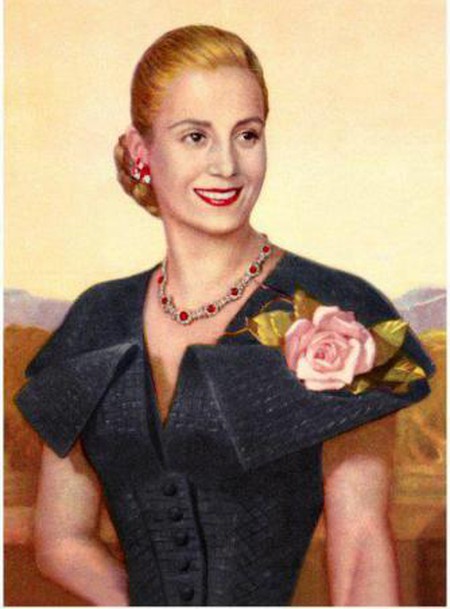TyrannusRex
Warlord
Bartolomé Mitre leads Argentina in Sid Meier's Civilization VI!

Bartolomé Mitre Martínez was the first president of a unified Argentina, as well as a statesman, soldier, journalist, author, and poet. He is considered paradigmatic of a progressive yet flexible liberal politician and supported universal suffrage; during his term in office, he helped organize national public administration and promoted education, immigration, foreign investment, and railways.
A rough depiction of Mitre's in-game model, based on extant photographs of him, such as the one above. The hair is always the hardest part to get right in HeroForge.
Bartolomé Mitre's unique ability is called Partido Unitario. In addition to unlocking a new Wildcard policy slot whenever he upgrades to a new tier of government, cities that are above 75% Loyalty generate Diplomatic Favor equal to their Culture output. This output of Diplomatic Favor is temporarily doubled in the city with a Government Plaza or Diplomatic Quarter whenever a new building is completed in that District. This ability doesn't stack if both Districts are in the same city, so be sure to build them separately!
Bartolomé Mitre's agenda is Party Switcher, fitting for a man affiliated with no less than six political parties during his life! Mitre likes civs who adopt a new form of government, especially one from the next tier, whenever they can, and will likewise strive to be the first to adopt a new tier of government. He dislikes those who retain outdated forms of government.
But with Argentina's upgrade to playable civ, what will fill the gap left by Buenos Aires? Don't worry, civ fans, a post dedicated to city-states is coming soon!
Argentina's unique civ ability is called Esplendor Patagónico. All tiles in Argentinian cities adjacent to or occupied by a Holy Site, Theater Square, Preserve, or Milonga automatically raise their Appeal by +1, to a maximum boost of +2. Any of those (obviously unoccupied) tiles that get included in a National Park provide Tourism as if their Appeal were 2 higher. Building any District or completing any District project adjacent to an established National Park provides a boost of Tourism equal to that District's or project's Production cost.
Mockups of an in-game Gaucho model and icon.
Argentina's unique unit is the Gaucho. While weak in combat, this bola-wielding unit is quick and has a large line-of-sight, making it an ideal scout. It also has unlimited charges to construct Pastures, freeing up your Builders for other jobs. Whenever a Gaucho pillages an enemy Pasture, you gain Food and/or Horses equal to that tile's yield, in addition to the normal yields from pillaging.
Argentina's unique District is the Milonga, replacing the Entertainment Complex. It has lower upkeep than the District it replaces, and completing the Bread and Circuses project grants a boost of Culture equal to 50% of the city's total Production output. If two cities complete the Bread and Circuses project within 3 turns of each other, they both gain a temporary boost of +50% Tourism, increased to +100% with Cultural Heritage.
Argentina is poised to be an industrial and cultural powerhouse in the mid to late game. Use your Gauchos to scout out the map for new civs, continents, and Natural Wonders, as well as raiding your enemies' livestock. With your bonuses to National Parks and the lively tango coming from your Milongas, your populous and prosperous cities will be the key to achieving a victory for the ages.
Will you forge a new path for your people among the pampas? How will you lead Argentina in Sid Meier's Civilization VI?
Last edited:



